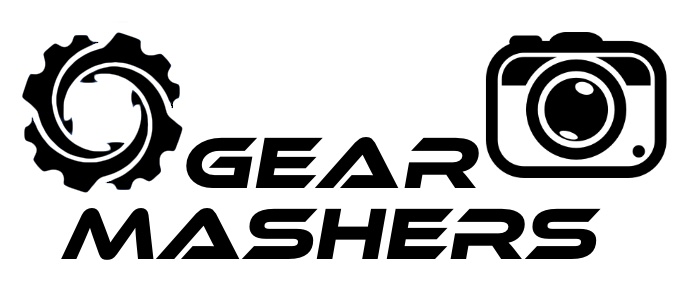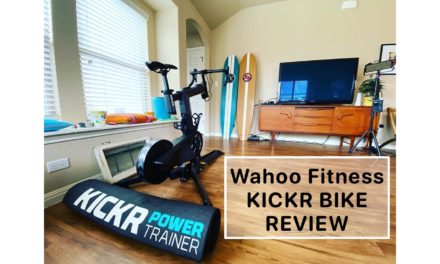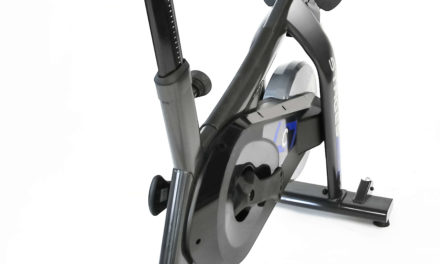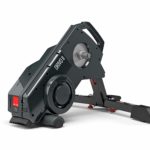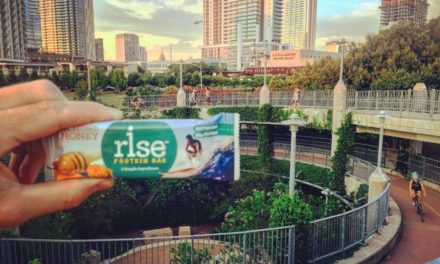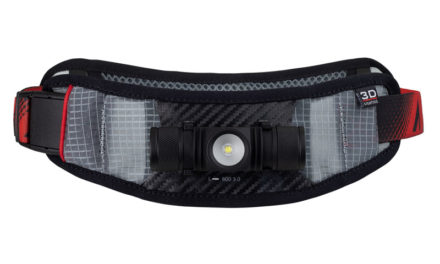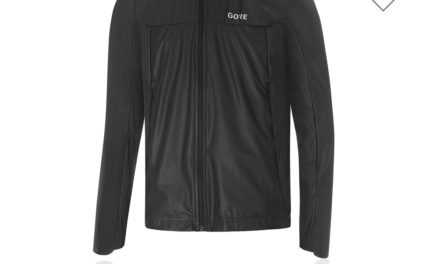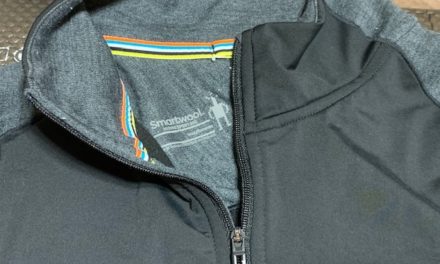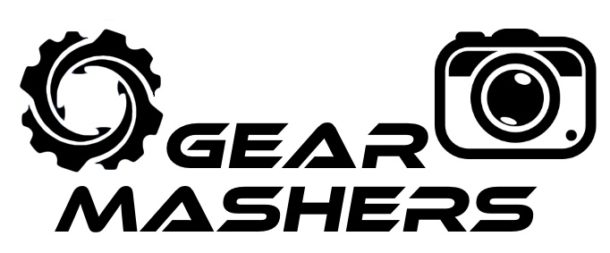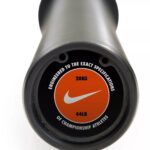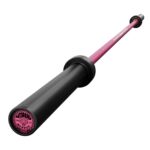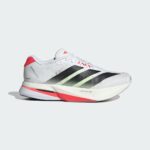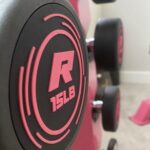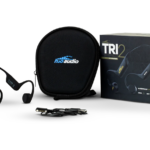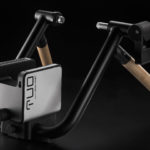
Adidas Adizero Boston 13 Review: A Neutral Trainer with Race-Day DNA
The Adidas Adizero Boston line has long been one of the most versatile shoes in the running world. It’s positioned as a lightweight trainer that can handle daily mileage but still packs enough speed-oriented features for uptempo runs and even races. With the release of the Adidas Adizero Boston 13, Adidas continues to refine this formula by blending lightweight cushioning, a performance-oriented upper, and its unique carbon-infused EnergyRod technology.
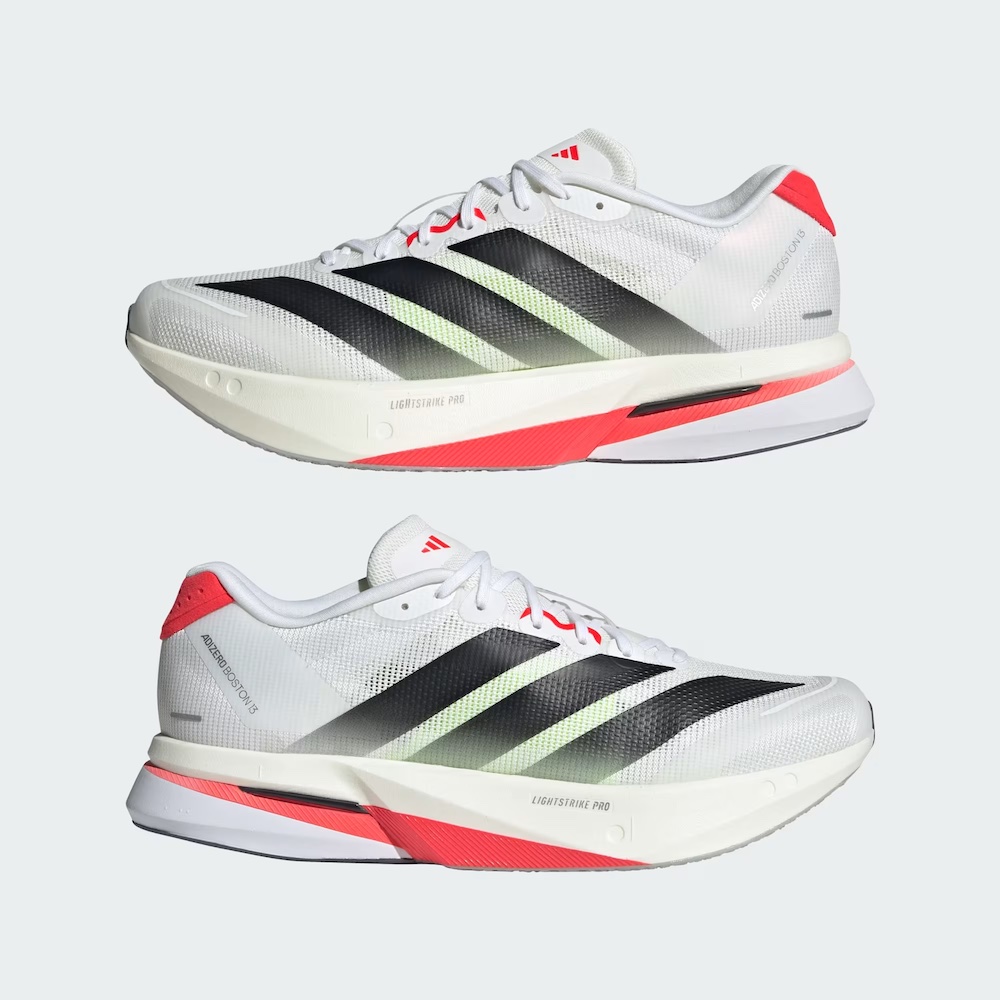
In this review, I’ll take a deep dive into the Boston 13, including its break-in period, fit, carbon rods, lacing system, cushioning profile, and overall ride. I’ll also highlight who this shoe is best for, how it compares to previous versions, and whether it deserves a spot in your rotation.
Why I Chose the Boston 13
I’ve been in the market for a new pair of weekly training shoes, and after trying several options, I found that the Adidas Adizero Boston 13 fits the niche I was looking for perfectly. As a neutral runner, I appreciate that this shoe is designed without added stability features—it lets my stride feel natural while still providing a reliable platform. The cushioning strikes a nice balance: soft enough to protect my legs during longer mileage, but firm and responsive enough for tempo work or uptempo efforts.
Another detail that stood out is the outsole design. Compared to many of the shoes I tested, the Boston 13’s bottom feels flatter and more grounded, which gives me a sense of stability and control, especially during cornering or faster intervals. This design makes it versatile, able to handle daily training miles while still feeling like it has the DNA of a performance shoe.
One of the smaller features I’ve come to really appreciate is the tongue. Adidas got it just right here—it isn’t overly padded and bulky, but it also isn’t paper thin like some racing shoes. Instead, it sits comfortably across the top of the foot, helping the laces lock in securely without creating pressure points. It’s the kind of detail you don’t notice until it’s missing in another shoe, but it makes a big difference in overall comfort.
Together, these features make the Boston 13 a well-rounded trainer that feels purpose-built for the type of running I do week in and week out.
I ended up purchasing two pairs of the Adidas Adizero Boston 13—one in black and one in white. I’ve found that rotating between multiple pairs of shoes is a smart way to extend their life and keep my legs feeling fresher. By giving each pair a day or two to rest and decompress between runs, the midsoles have time to recover their cushioning properties instead of breaking down prematurely.
This simple strategy has really paid off for me. Not only do the shoes last longer, but I also feel like I’m getting more consistent performance out of them on every run. Plus, it’s nice to have different colorways to match with various running gear.
I highly recommend this approach for anyone logging regular miles. If you’re training heavily—say, stacking on 40–50+ miles per week—it may even make sense to keep three pairs in rotation. That way, you can spread the workload even further and always have a fresh pair ready to go, whether it’s for an easy day, a long run, or a speed session.
🏃♂️ Gear Tip: Why You Should Rotate Your Running Shoes
One of the best investments you can make in your training is owning more than one pair of running shoes. Rotating shoes may sound like a luxury, but it’s actually a smart, cost-effective approach. Here’s why:
1. Extend Shoe Life
By giving your shoes at least 24–48 hours to rest, the midsole foam has time to decompress and recover its cushioning. This slows down wear and tear, meaning your shoes last longer overall.
2. Reduce Injury Risk
Studies suggest rotating between different pairs can reduce the risk of overuse injuries by changing the loading patterns on your muscles and joints. Each shoe distributes stress slightly differently, which keeps your body from being overworked in the same way every run.
3. Consistent Performance
A fresh-feeling shoe provides more reliable cushioning and responsiveness. By alternating pairs, you’ll notice fewer “dead shoe” days when your trainer feels flat.
4. Versatility in Training
Having multiple pairs allows you to match your shoe choice to the workout: a firmer, lighter shoe for speed sessions, and a cushioned option for long runs.
👉 For most runners, two pairs are plenty. If you’re running higher mileage (40–50+ miles per week), consider three pairs in rotation. It’s a small investment that pays off in performance, comfort, and durability.
First Impressions
Out of the box, the Boston 13 looks fast. Adidas has given it a sleek racing silhouette with bold Adizero branding and a streamlined upper. It’s noticeably lighter than bulkier daily trainers but doesn’t feel flimsy in the hand. The stack height is generous, but the shoe avoids looking oversized the way some maximalist trainers do.
The midsole clearly showcases Adidas’ Lightstrike Pro foam, the same material used in their high-end racing models like the Adios Pro 3. Combined with the visible EnergyRods, the Boston 13 promises a responsive ride that bridges the gap between trainer and racer.
Color Options
One of the fun aspects of the Adidas Adizero Boston 13 is the sheer number of color options available. Adidas has gone beyond the basics and offers a wide palette, from classic black-and-white designs to vibrant neon shades and unique limited-edition drops. This variety makes the Boston 13 appealing not only to performance-driven runners but also to those who care about personal style.
For some, running shoes are purely about function, but for many others, the look and feel of the shoe matter just as much as the ride. The Boston 13 delivers on both fronts—allowing you to pick a colorway that matches your personality, stands out on race day, or blends seamlessly with everyday training gear. Whether you prefer a subtle, understated look or a bold design that screams speed, the Boston 13 lineup has something to match your taste.
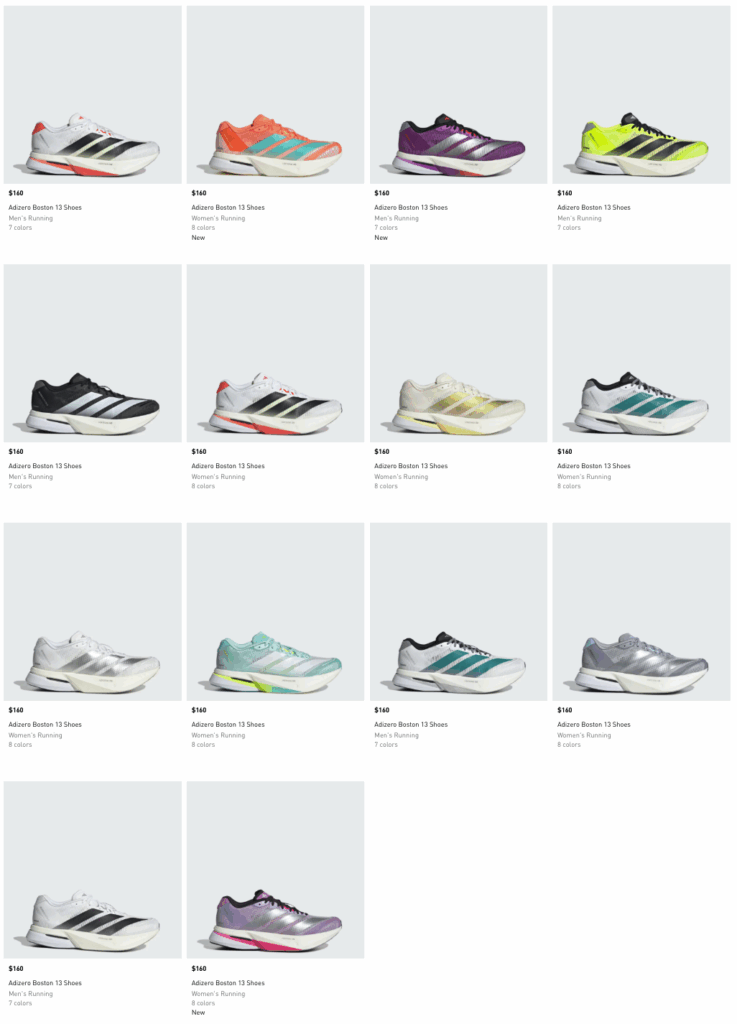
Break-In Period
One of the first things runners will notice about the Boston 13 is that it does have a bit of a break-in period. Straight out of the box, the shoe feels firm underfoot, especially compared to softer daily trainers like the Saucony Endorphin Speed 4 or Nike Pegasus Turbo Next Nature.
The reason lies in its carbon-infused rods and firmer layers of Lightstrike foam. On the first few runs, the shoe can feel stiff and unyielding. But give it 20–30 miles, and the Boston 13 begins to open up. The rods start to feel more natural underfoot, and the Lightstrike Pro cushioning softens slightly, delivering a more balanced combination of cushioning and responsiveness.
Runners who are accustomed to carbon-plated or rod-based shoes will adapt more quickly, while those coming from softer neutral trainers may need a little extra patience. Once broken in, the Boston 13 rewards you with a stable, snappy ride that works across multiple paces.
EnergyRods and Ride
The standout feature of the Boston 13 is Adidas’ EnergyRod technology. Unlike traditional carbon plates that run the full length of the shoe, the Boston uses five carbon-infused rods embedded in the midsole, aligned with the metatarsals of the foot.
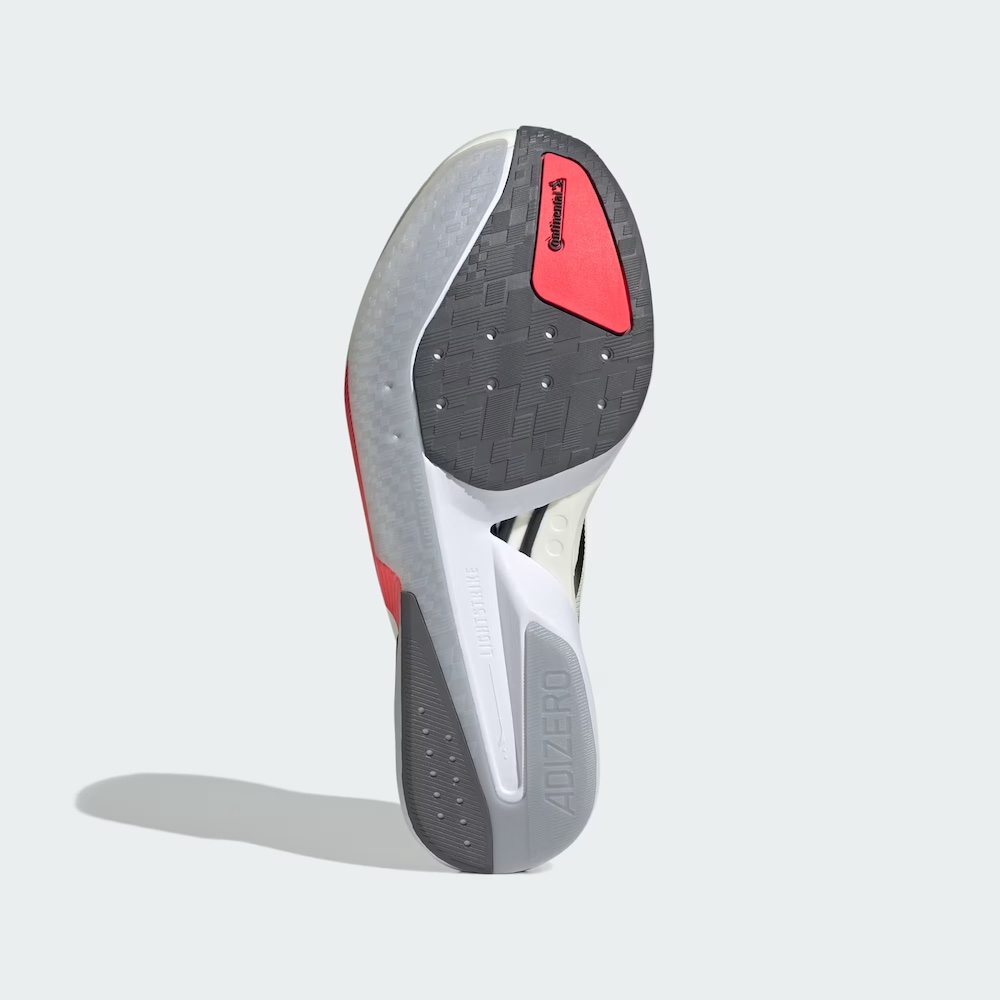
This design aims to mimic the natural biomechanics of the foot, allowing for smoother transitions and a more natural flex pattern compared to a stiff, flat plate. In practice, the rods provide a noticeable amount of propulsion without feeling as rigid as a plated racer.
The result is a ride that feels energetic and efficient, especially at faster paces. The Boston 13 shines during tempo runs, intervals, and long runs with segments at marathon pace. It gives you a taste of Adidas’ elite racing shoes but in a package durable enough for training.
That said, if you’re looking for a plush, easy-day cruiser, the rods may feel overly aggressive. This is a performance trainer first and foremost.
Fit and Comfort
The Boston 13 fits true to size. Adidas has refined the last over recent models, making it more accommodating than older Bostons, which sometimes felt narrow. The toe box provides enough room for natural toe splay without feeling sloppy, and the midfoot locks down securely.
The heel is snug and well-padded, which helps prevent slippage during faster efforts. Combined with the structured upper, the shoe feels dialed in once you lace it up. Runners with particularly wide feet may still find it a bit tight through the midfoot, but overall, the fit should work well for most.
The upper uses lightweight engineered mesh with good breathability. It’s not as soft or plush as some trainers, but it’s performance-oriented and holds the foot in place. For long runs, the fit feels supportive without causing hot spots.
Lacing System
The Boston 13 sticks with traditional laces, and that’s a good thing. Adidas has avoided gimmicks here, opting for a straightforward system that provides consistent lockdown. The laces are slightly textured, which helps them stay tied during runs, and they feed through reinforced eyelets that distribute pressure evenly.
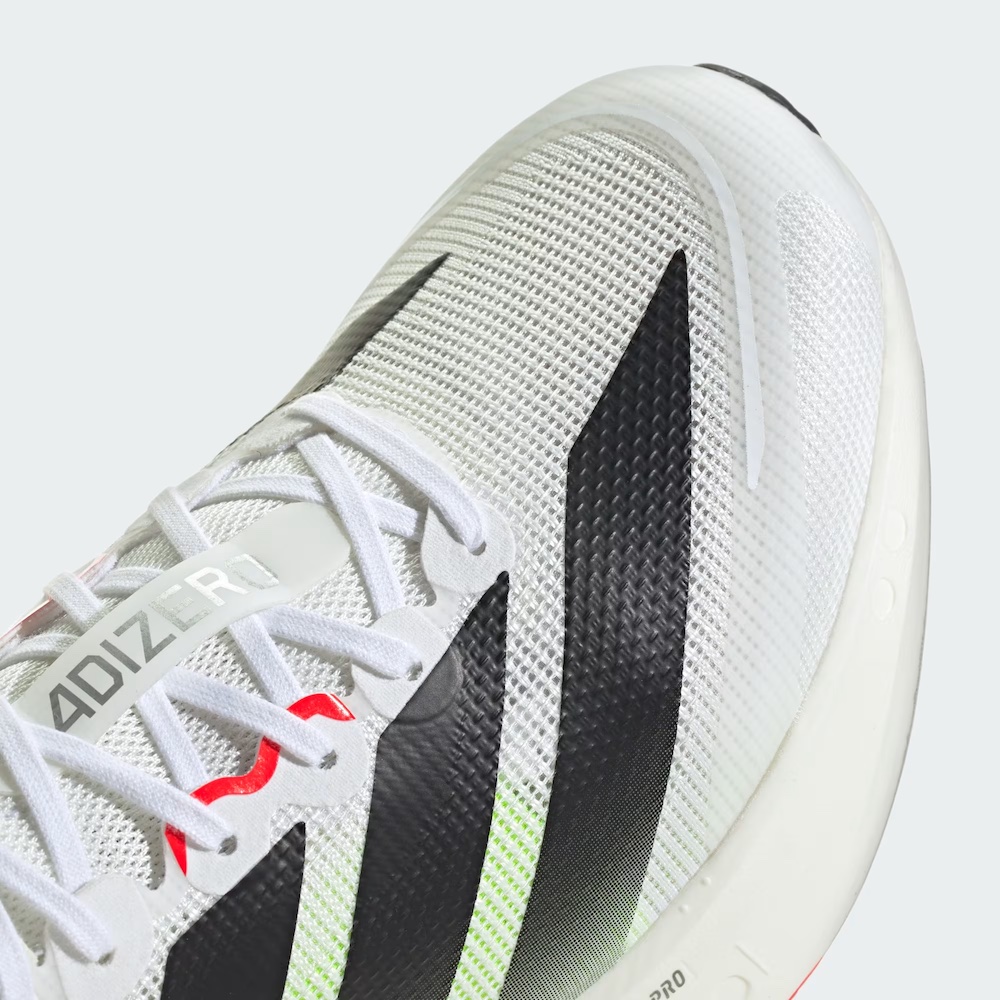
There’s also an extra eyelet for runners who prefer a runner’s loop for added heel lock. Combined with the padded tongue, the lacing system feels secure without creating pressure points.
Neutral Platform
It’s important to note that the Boston 13 is a neutral shoe. It doesn’t have built-in stability features like medial posts or guide rails. Instead, it relies on its firmer midsole and rod system to provide a stable base.
For neutral runners, this works perfectly—the shoe feels balanced and consistent at various paces. But runners who need extra support for overpronation may want to look at other options. The Boston 13 is designed for efficiency and speed rather than corrective stability.
Cushioning and Midsole
The midsole combines Lightstrike Pro foam (soft, responsive) with standard Lightstrike foam (firmer, durable). This dual-density setup provides cushioning for longer efforts while still keeping the shoe stable and efficient.
At marathon pace, the cushioning feels just right—not too soft, not too harsh. On recovery runs, it can feel a bit stiff, but that’s not the shoe’s primary purpose. For workouts and uptempo miles, the midsole truly shines.
Outsole and Durability
The outsole uses Adidas’ Continental rubber, which is known for excellent grip and durability. Whether on wet pavement, light gravel, or hot asphalt, the traction is outstanding.
Durability is another strength. While some carbon-plated racers struggle to last beyond 200 miles, the Boston 13 can easily handle 400–500 miles, making it a great value in the performance trainer category.
Performance
The Boston 13 is best described as a do-it-all performance trainer. It’s versatile enough for:
- Tempo runs – where the rods and responsive foam give you a fast, efficient turnover.
- Intervals – the shoe feels light and snappy for speed workouts.
- Long runs – the cushioning is sufficient for marathon training miles.
- Race day (half or full marathon) – for runners who don’t want a supershoe or prefer something more stable.
It’s less ideal for easy recovery runs, where its stiffness and firmer ride may feel overbuilt. Pair it with a softer daily trainer for those days.
Comparisons
- Boston 12 vs Boston 13: The 13 refines the formula with a smoother ride and slightly better fit. The changes aren’t drastic, but it feels more balanced overall.
- Adios Pro 3: The Boston feels like a training version of the Adios Pro, with similar rods but more durability.
- Saucony Endorphin Speed 4: The Boston is firmer and more stable, while the Speed is bouncier and more flexible.
- Nike Pegasus 41: The Pegasus is softer and better for daily miles, but lacks the performance edge of the Boston.
Pros and Cons
Pros
- EnergyRod system provides efficient propulsion.
- Durable midsole and outsole.
- Fit is true to size with secure lockdown.
- Neutral platform works well for efficient runners.
- Great for tempo runs, long runs, and even races.
Cons
- Noticeable break-in period.
- Too firm for easy recovery days.
- Narrower midfoot may not suit very wide feet.
Who Is It For?
The Adidas Adizero Boston 13 is best suited for:
- Neutral runners looking for a versatile performance trainer.
- Athletes training for half or full marathons who want a shoe that can handle both workouts and long runs.
- Runners who like a firmer, more responsive ride rather than a plush, cushioned feel.
It’s not the ideal choice for beginners or runners who need high stability or a soft ride for recovery days.
Final Thoughts
The Adidas Adizero Boston 13 carries forward the tradition of being one of the most versatile trainers in the performance category. With its carbon-infused EnergyRods, durable outsole, true-to-size fit, and lightweight design, it’s a shoe that feels at home during tempo runs, long runs, and even race day.
Yes, it requires a break-in period, and no, it’s not the plushest option out there. But for runners seeking a neutral, efficient trainer with race-day DNA, the Boston 13 delivers in spades. It’s a reminder that performance and durability don’t have to be mutually exclusive.
